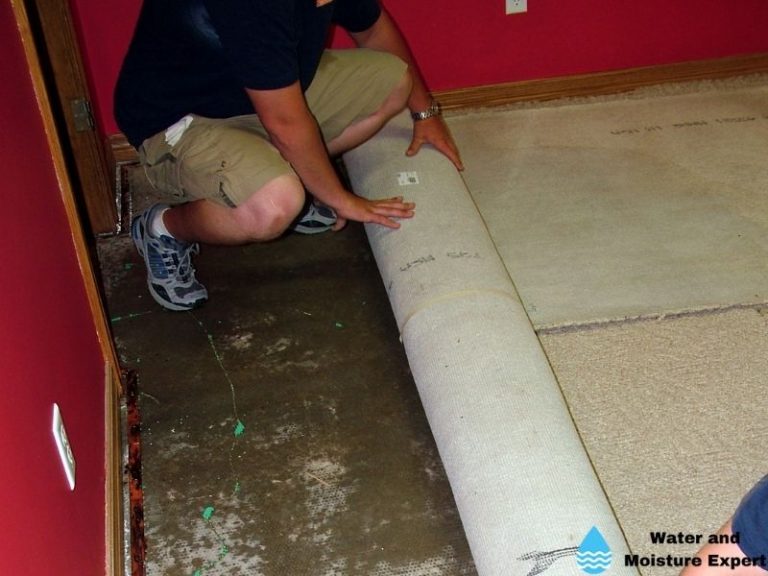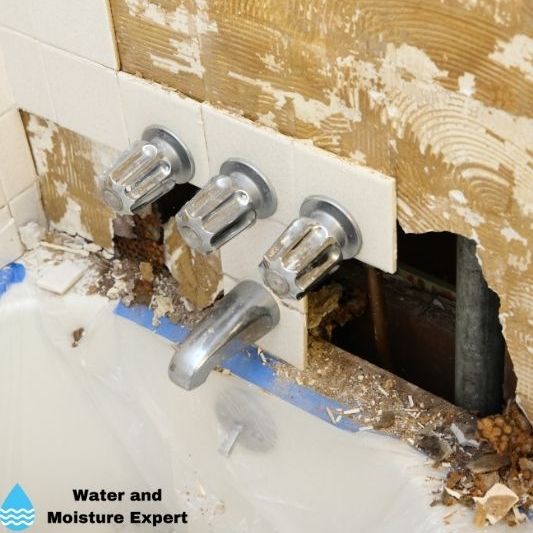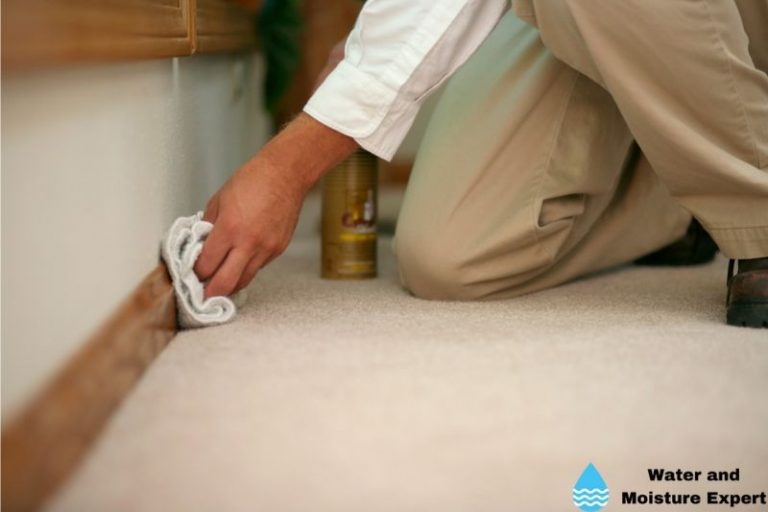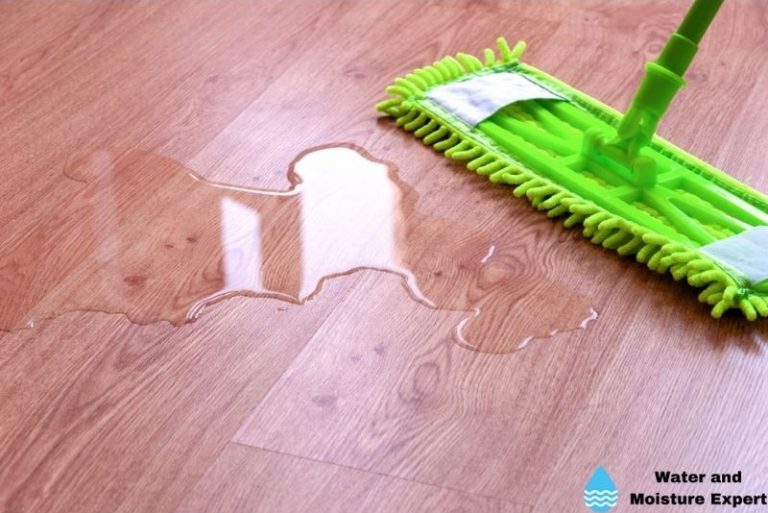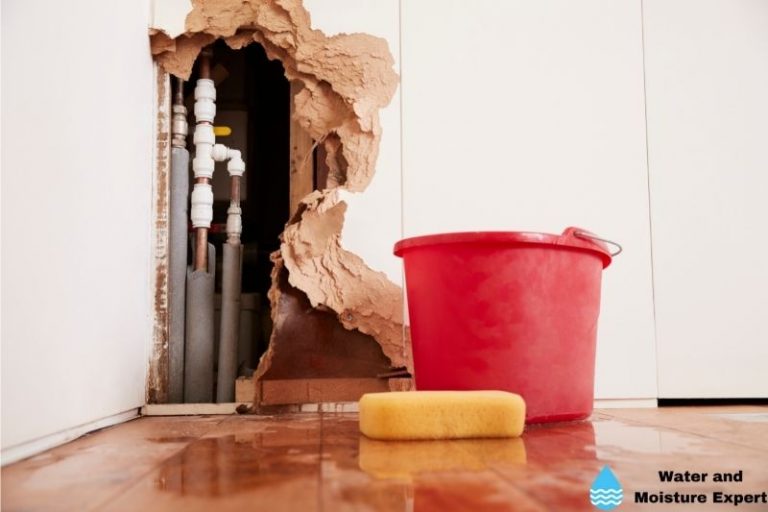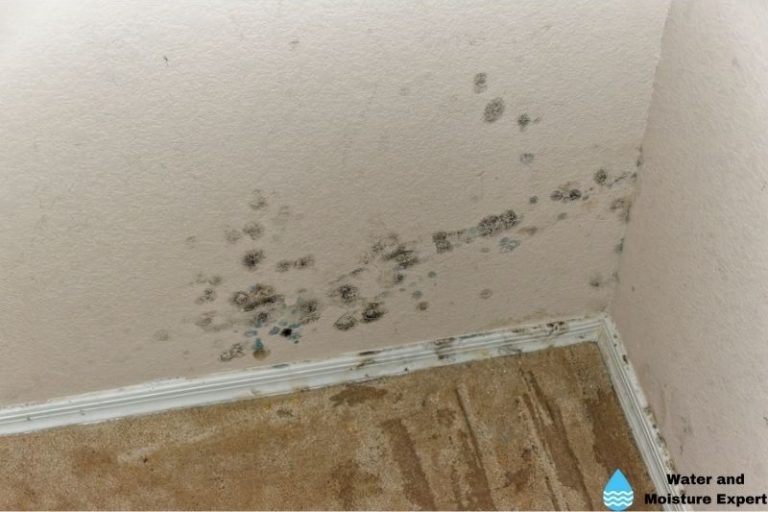Mold After Water Damage. Tips From Professionals
If you have water damage in your home, your main goal may be to repair it as soon as possible. While this is a great goal and repairs should be a top priority, there are other things to consider as well. Where there is water damage, there is also likely mold. Mold can be sneaky, and it often grows in the darkest places that make it hard to see. Even if you have dried out the area of your home where the water damage occurred and made the repairs, there could still be a mold problem that needs to be addressed.
Mold After Water Damage
If you spot water damage, you should always check for mold. There is a good chance you will have a mold problem if you have a serious flood or leak. The sooner you make repairs, the less likely the mold will be able to spread. Mold can start in 24 to 48 hours under ideal conditions. Use a mold killer mixture to kill and remove the mold.
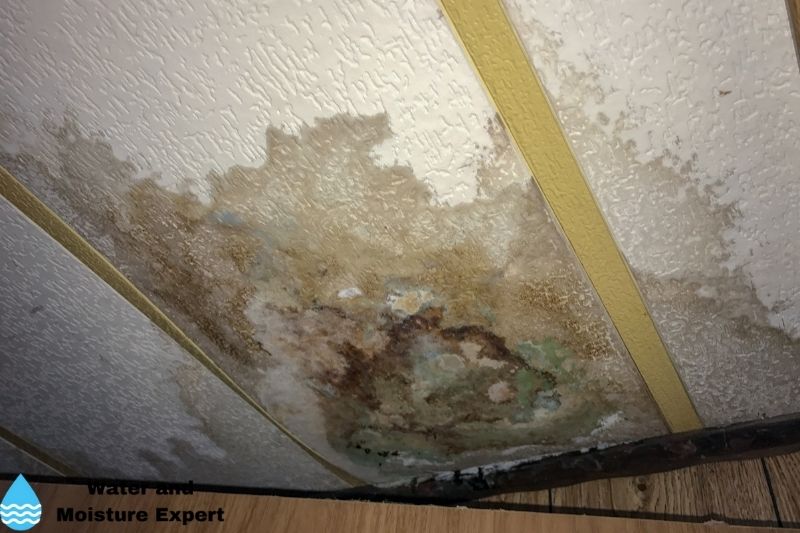
If you are ready to repair the water damage in your home but are worried about mold after water damage, I will explain the signs of mold. And what the differences are between water damage signs and mold signs. If you are looking for a way to remove the mold from your home after a flood or leak, be sure to consider some of these tips I give.
Contents
- 1 Can You Have Water Damage But No Mold?
- 2 How Do You Get Rid Of Mold From Water Damage?
- 3 How Long Does It Take Mold To Grow After Water Damage?
- 4 Does Water Damage Always Mean Mold?
- 5 Will A One Time Water Leak Cause Mold?
- 6 Is It Mold Or Just Water Damage
- 7 Does Mold Die When It Dries Out?
- 8 What Kills Moldy Water Damage?
Can You Have Water Damage But No Mold?
Some types of water damage are hard to spot and will only be found when you look for it. It means it may also occur without your knowledge. If you have a slow leak or if your basement floods without your knowledge, you may find that it has been going on for a long time by the time you realize there is a leak. The longer the water is leaking, the more likely it will cause water damage to the area and will allow mold to grow.
Water damage doesn’t always mean mold will always grow. Mold needs specific conditions to grow, so there may be signs of water damage and not mold growth if those conditions aren’t met. Generally, water damage can occur faster than mold can grow.
Keep in mind, though, mold can also grow in places that are hard to see, so you may not see the mold, but it could still be there. These are places like inside your wall or under the floor. If you fear this and are unsure how to check or remove mold, ask a professional for help.
How Do You Get Rid Of Mold From Water Damage?
If you notice mold growing in your home, you have the option of trying to remove it yourself or calling a professional who will remove it for you. If you are not comfortable removing the mold yourself, you should let the professional do it to avoid spreading the mold spores around and allowing mold to grow in other parts of your home.
If you want to remove the mold yourself, follow these steps:
● Step 1: Stop The Leak
Before you start removing the mold, make sure you have found the leak and made the necessary repairs. As long as there is a leak, there will be moisture, and mold will be able to grow.
● Step 2: Cleaning Solution
You can buy mold cleaning solutions at the store, or you can make your own by mixing one part bleach with one part water. Combine the ingredients in a spray bottle.
● Step 3: Apply The Solution
Spray the solution directly on the mold and allow it to soak into the surface. Keep in mind if you are using a solution that contains bleach, it could stain colored surfaces. Allow the solution to soak into the area. The mold should die quickly. Use a brush to scrub the area. You may need to treat it more than once to kill all the mold.
How Long Does It Take Mold To Grow After Water Damage?
Mold can start growing in a damp area that has water damage within 24 to 48 hours. The longer the area is damp, dark, and humid, the more easily the mold will grow. You can prevent mold growth by drying the area as soon as possible. You can use fans and open the windows to improve air circulation and help dry out the room much faster.
Does Water Damage Always Mean Mold?
Water damage does not always mean mold, but if there is enough water in a home to cause water damage, there is also enough to cause mold to grow. Many different things determine if mold grows in a home or area. The longer the water is present, the more moisture, humidity, and dampness, and the specific area where the leak occurred can all play a role in how much mold grows, how fast it grows, and whether it even grows at all.
I recommend thoroughly checking the area if you have water damage. The same applies if you had a leak that was not fixed within one to two days. If you are unsure how to do this, ask a professional for help. Do not underestimate mold.
Will A One Time Water Leak Cause Mold?
It doesn’t take much to allow mold to grow in a home or room. One leak is enough to allow mold to grow in a home, but that doesn’t mean it will cause mold to grow. Mold can start in 24 to 48 hours, under ideal conditions.
If you can remove the water before it has a chance to soak into certain areas of the room and dry the room thoroughly, the chances for mold to grow are slim. Swift action is important.
Is It Mold Or Just Water Damage
When you notice that your home is flooded, you might be wondering how to tell the difference between mold growth and simple water damage. Knowing how to identify both will make it easier to determine the difference between the two.
● Signs of Mold
- Black spots
- Discolored walls and ceilings
- Stain on the walls
- Allergies
- Breathing problems
- Bad odors
● Signs Of Water Damage
- Brown spots
- Wet spots
- Soft spots
- Warped flooring
- Bad odor
- Peeling wallpaper
- Chipped paint
- Flooring gaps
Does Mold Die When It Dries Out?
Mold does not dry when it dries out, but it does spread more easily. It may become inactive when the mold dries out, but it’s also easy to brush off or blow off. When the moisture returns to the home, the mold will grow back and continue to spread.
If you want to get rid of the mold for good, you will need to kill it by applying a solution directly to the mold or by removing areas of the wall or floor that has the mold growth present.
What Kills Moldy Water Damage?
If you find moldy water damage in your home, the best thing you can do is fix the problems as soon as possible. Here are some tips to help you kill mold in a water-damaged home.
● Find The Source
You will not be able to make any repairs if there is still a water leak or flood in your home. It’s essential to find the cause of the leak or flood and repair it. This could be a leaking pipe or even bad weather. You will want to ensure the repairs are complete and often check to ensure no water leaks into the area.
● Dry The Area
Once you have found and repaired the leak, you will need to dry out the area. Remove any standing water from the room and dry it completely. You can speed up the drying process by adding fans to the room and opening up your windows to circular the air to help pull out moisture and make the room dryer.
You can also use a dehumidifier. I always recommend renting commercial dehumidifiers, as they can remove a lot more water per hour than a residential dehumidifier.
A dehumidifier pulls in the moisture from the air and dries it out to release dry air back into the room. When used with a fan, this can be highly effective at drying out the drywall quickly.
● Check For Damage
Check for signs of water damage to know what type of problems you are dealing with. You will need to check the flooring, ceiling, and walls to see if the areas feel soft or if you notice wet or damp spots. Also look for other signs of damage, such as mold growth or dark spots.
● Make Your Repairs
Remove any parts of the damaged areas that cannot be repaired. If you notice areas of the floor or walls are soft or have mold damage, you may not be able to repair them and may have to replace them. You can also hire a contractor to do the work for you if you prefer. Once the repairs are complete, the area should have no other signs of water damage.
● Check For Mold
Even though you may have dried the area and made the repairs, that doesn’t mean there is no mold present. Check the area to see if there are any signs of mold and if so, you will need to remove it. You may not want to attempt to remove the mold yourself. If you do not remove it completely, the mold may spread to other areas of the home. If you do not remove all of the molds, it could grow back and spread to other areas of the home.
● Remove The Mold
If you decide to remove the mold from the damaged area, you will need to use a mixture of bleach and water or a commercial mold solution that will completely kill the mold. You may have to apply the spray to the moldy area more than once to be able to kill all the mold and ensure it doesn’t grow back. Let the mixture sit for around 30 minutes, and use a brush to scrub it. Repeat the process if needed.

